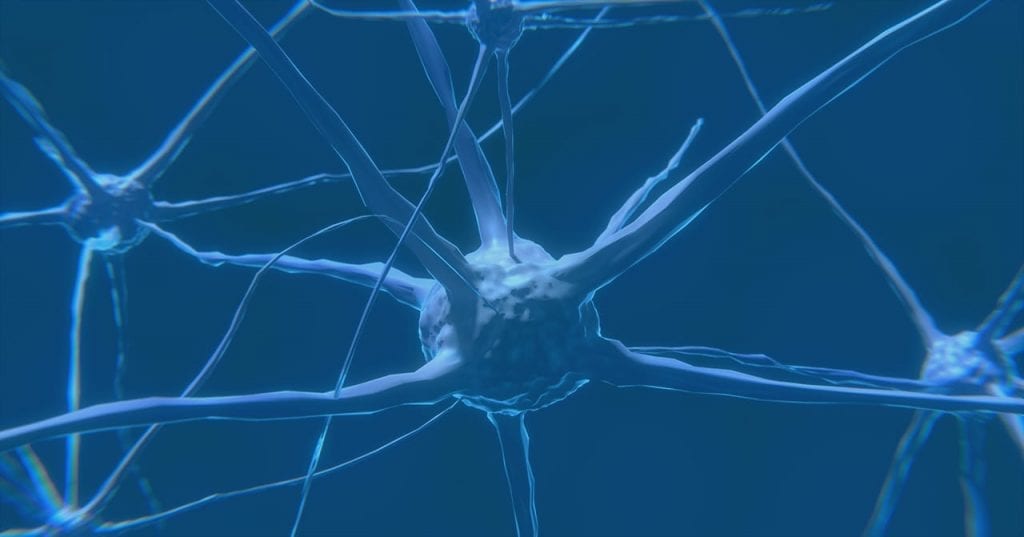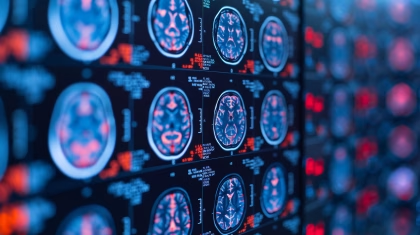While EEG technology has been around for the better part of the last century, it wasn’t until fairly recently that it was made available to the general public.
Until a few decades ago only clinicians and expert neuroscientific researchers were able to setup and analyze recordings under strictly controlled laboratory conditions with electrode caps containing 64 channels or more. These high-density electrodes evenly spaced across the human scalp were used to help researchers discover the underlying neural mechanisms involved in actions, cognition or emotional processing were completely unknown.
Recent advancements in computer hardware and processor technology have enabled researchers all around the globe to vastly expand the existing knowledge about the complexity of the human brain and gain deeper insights into brain processes and structures.
Now that this cornerstone has been set, EEG (Electroencephalography) can be used for various applications. Below is a list of the top 6 most common applications for human EEG research:
Table of Contents
Top EEG Application Areas
Neuromarketing:
In the field of neuromarketing, economists use EEG research to detect brain processes that drive consumer decisions, brain areas that are active when we purchase a product/service, and mental states that the respective person is in when exploring physical or virtual stores.

Nowadays, studies can be conducted in mobile setups to gain insights into shopping habits and decision-making in real-world scenarios.
Human Factors:
Originating from Psychology, the field of Human Factors focuses on workplace optimization; both with respect to tools and interfaces as well as social interaction. In this area, EEG research is used to identify brain processes related to specific personality traits such as intro-/extroversion or social anxiety.
Additionally, brain processes reflecting cognitive and attentional states during human-machine-interaction are heavily studied using EEG, primarily using wireless headsets with long-term monitoring capabilities.
Social Interaction:
Humans are social agents – we spend a majority of our lives interacting with others. In social interaction research, brain processes related to social perception, self-evaluation, and social behavior are investigated. Importantly, social interactions and communication are not passive forms of processing incoming stimuli.
Whenever we talk to others or solve problems together, we have to “sync up” with our partners. To study the brain processes underlying the synchronization of conversations and actions, EEG researchers use a method referred to as “hyperscanning” to record data from multiple people at once, allowing them to gain deeper insights into leadership and team interactions.
Psychology and Neuroscience:
Most generally, psychological studies utilize EEG to study the brain processes underlying attention, learning, and memory. How do we perceive the world? How do our expectations shape the way we see our surroundings?
Based on massive trial repetition, event-related potentials (ERPs) are extracted from the continuous stream of EEG data, which allows characterizing brain processes triggered by the events on a very detailed timescale (tens of milliseconds).

ERPs can be characterized by their amplitude (in millivolts, with positive and negative going waves labeled “P” and “N”, respectively), timing (in ms relative to event onset), and voltage distribution across all electrodes (topography). Specific ERPs have been identified for the processing of faces (N170), words and meaning (N400), surprise (P300), or memory recall (P600).
Clinical and Psychiatric Studies:
Whenever brain processes are impaired (e.g., lesions, genetic dysfunctions, diseases), deficits in behavioral, attentional and cognitive processing can be observed. Clinical and psychiatric fields use EEG to evaluate the patients’ cognitive states, determine lesion sites, and classify symptoms.
Also, EEG is heavily used to evaluate the effect of medical and psychological treatment (e.g., in cognitive-behavioral therapy). More and more therapies utilize virtual reality technology and record EEG data to monitor how the patients’ brains improve over time.
Brain Computer Interfaces (BCI):
A relatively new but emergent field for EEG is brain-computer interfaces. Today, we know in much more detail which brain areas are active when we perceive stimuli, when we prepare and execute bodily movements, or when we learn and memorize things.
This gives rise to very powerful and targeted EEG applications to steer devices using brain activity. This can, for instance, help paralyzed patients steer their wheelchairs or move a cursor on a screen, but BCI technology is also used for military scenarios where soldiers are equipped with an exoskeleton and EEG cap, allowing them to move, lift and carry very heavy items simply based on brain activity.
If you would like to know more about EEG and its applications as well as anything else regarding biometric research please contact the team at iMotions.











